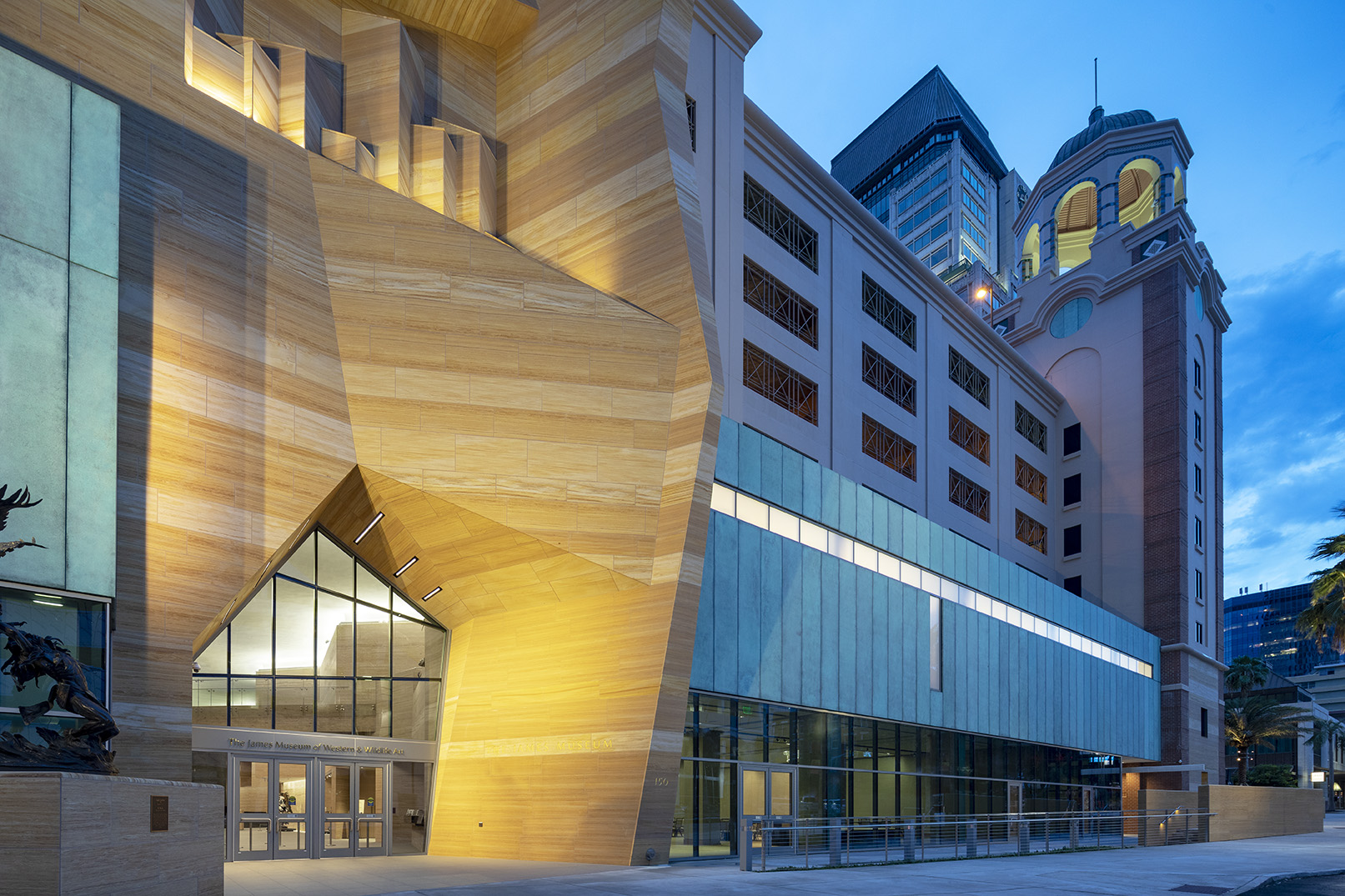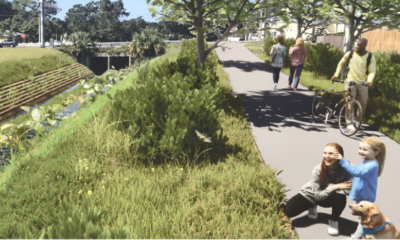Know
Want to know how the Tampa Bay economy is shaping up? Ask an architect.

Architects are the bellwether for economic development, and the trend they are seeing in the Tampa-St. Pete area is one of long-term strong growth.
Most Tampa Bay architects surveyed say they expect demand for their services to increase in 2019, according to a survey released at Tuesday night’s meeting of AIA Tampa Bay, a chapter of the American Institute of Architects.

Ward Friszolowski, Harvard Jolly Architecture
“Architects are always on the forefront, on the leading edge. For years and years, contractors have been asking me and my colleagues about how busy we are. They know that if we are busy today, they are going to be busy this year, and next year and perhaps the following year,” said Ward Friszolowski, president of Harvard Jolly Architecture. “Projects generally last over a two-or three-year cycle … there’s a whole food chain that follows after us.”
Harvard Jolly sponsored the survey, which was conducted by AIA and Caruthers Institute, a local think tank. It was the first such survey conducted in several years.
Overall, the outlook for the Tampa area appears to be stronger than that of the southeast United States, based on the Architecture Billing Index, which the AIA compiles monthly as a leading economic indicator of construction activity.
The latest ABI in December showed no year-over-year growth in the southeast for billing by architecture firms, indicating a potential slowdown in construction. There’s no ABI specifically for the Tampa area, but the new survey found 81 of 117 local architects – nearly 70 percent of them – expect more demand for their services this year.


Patrick Thorpe, (allegedly) design, and president, AIA Tampa Bay
“It indicates that the efforts that local political leaders have been making over the past few years between Mayors Kriseman and Buckhorn to attract new businesses is starting to pay off, and Tampa Bay has a much stronger attraction to people moving to Florida than cities like Miami or Jacksonville or Orlando,” said Patrick Thorpe of (allegedly) design in Tampa and president of the AIA Tampa Bay board. “Our estimated billing index proves that we are competitive in markets with cities that claim to be more robust than Tampa or St. Pete.”
About 69 percent of the architects said they agreed or strongly agreed that political leadership will effectively lead smart growth in Tampa Bay in 2019. Just over 50 percent agreed or strongly agreed there is a clear vision for Tampa Bay’s growth this year, while almost 48 percent disagreed or strongly disagreed with that sentiment.
Thorpe was not surprised to find that transportation was cited as the top development issue. Forty-four percent of respondents included transportation in their top three development-related issues for 2019
“When you are talking about smart growth if you don’t have proper transportation infrastructure then you’re not really seizing the opportunities. You can’t have continuous sprawl and expect the economy to consistently catch up outside of certain radiuses. That’s just not feasible growth strategy,” Thorpe said.
Other key issues were affordable housing, rising costs of development, building permits and lack of workforce.
Healthcare is expected to be the most active market segment, followed closely by multi-family residential, transportation and education projects.

Harvard Jolly focuses on healthcare, education and government projects, and all those sectors are strong, Friszolowski said.
“What was interesting to me is to see my colleagues in different sectors are also strong,” he said. “There are times when things ebb and flow and not all markets are always hitting on all cylinders. Apparently right now, from the survey they’re all pretty strong. It shows a healthy balance in the economy.”
A key challenge that emerged from the survey was talent. Nearly every top executive who responded to the survey said it’s more difficult to recruit and hire skilled workers.
Harvard Jolly collaborates with Pinellas County schools and local colleges and universities on mentorship and internship programs, Friszolowski said.







